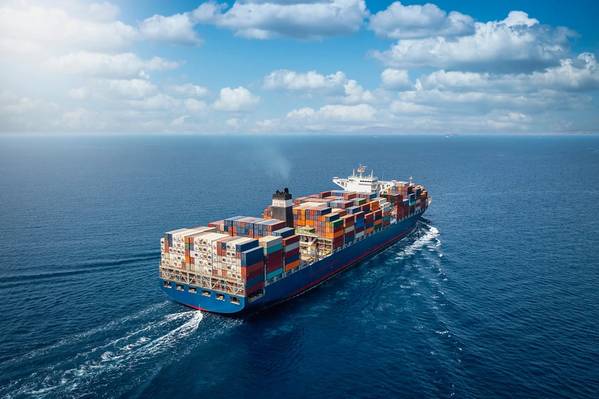
The Cargo Integrity Group has identified 15 cargoes commonly carried in containers that under certain conditions can cause dangerous incidents.
The Group urges everyone handling these goods to follow all applicable regulations, the CTU Code and industry best practices.
The list is not exhaustive, but each item illustrates a common type of hazard, divided into three categories:
Reactive Hazards - These cargoes can catch fire and cause significant damage and casualties under certain conditions. They are generally subject to Dangerous Goods regulations. Examples are: charcoal / carbon, calcium hypochlorite, lithium-ion batteries, cotton and wool, fishmeal and krill and seed cake.
Spill or Leak Risks - These commodities can present a risk if not packed properly or if they are damaged. Spills or leaks from these cargoes can harm the health of people cleaning up the spill as well as the environment. Examples are: hides and skins, wine, bitumen, cocoa butter, waste - recycled engines and engine parts, and vegetable and other oils, particularly when packed in flexitanks.
Improper Packing Consequences – Cargoes that are poorly or incorrectly packed or secured in the container can lead to injuries to personnel or damage to nearby containers, property, or other cargo. Such incidents can cause severe accidents at sea or on land, such as truck rollovers and train derailments. Examples are: logs and timber, steel coils, and marble and granite.
In the coming months the Cargo Integrity Group will publish additional guidance on the identification and safe handling of these cargoes.
The list is based on data from, among other sources, the claims history of leading freight insurance provider, TT Club; a report prepared by ICHCA and submitted to the IMO on incidents involving dangerous goods on ships or in ports, and from CINS which collates information provided by its members on incidents involving dangerous cargo.
Peregrine Storrs-Fox, Risk Management Director, TT Club, said: “While the potential dangers of transporting, for example, calcium hypochlorite or lithium-ion batteries might be more widely appreciated, the combustible qualities of seed cake or the hazards associated with cocoa butter or vegetable oils, will be less well-known.”
“Every actor in the global container supply chain is responsible for the health and safety of not only their own people, but also of those at any onward stage of the container’s journey. Complying with regulations and following the advice in the CTU Code saves lives, and we appeal to everyone shipping, packing and handling commodities that fall within the categories of these Cargoes of Concern to be particularly diligent,” comments Lars Kjaer, Senior Vice President, World Shipping Council.
The Group has developed a ‘Quick Guide’ to the CTU Code, together with a checklist of actions and responsibilities for the guidance of those undertaking the packing of cargoes in freight containers. These are now available in all six official IMO languages as well as Italian and are available at Safety — World Shipping Council.



